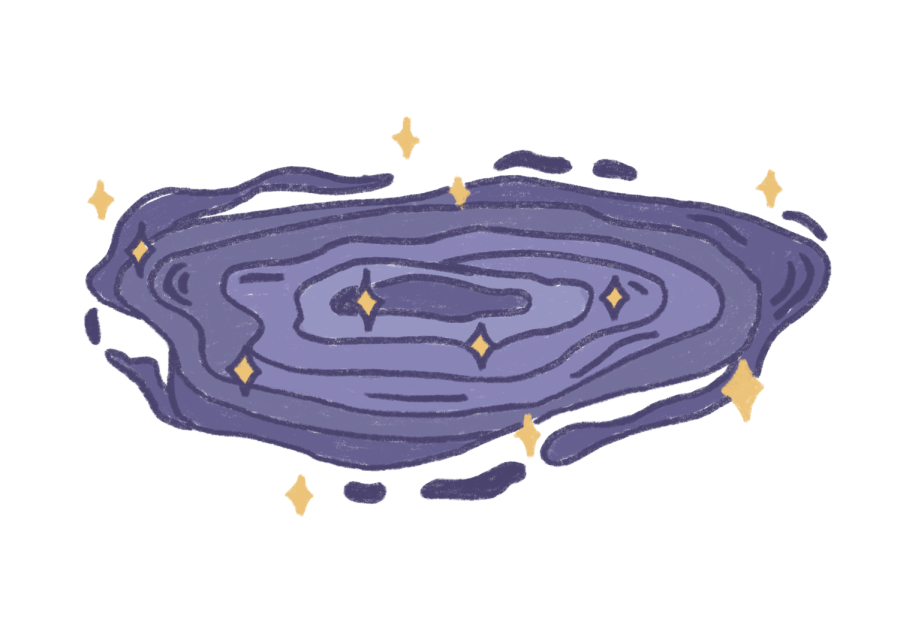International scientific collaboration reveals 35 new potential black hole events
November 16, 2021
UT scientists helped catalogue 35 new black hole events or neutron star collisions and published the findings early this month.
Scientists from across the world recruited some UT faculty to help create the largest published catalog of black hole and neutron star collisions, which has now reached 90 known events. Aided by further developments in laser technology that can identify gravitational waves of cosmic events, scientists are able to calculate the mass and determine if the events are black holes or neutron stars. Scientists hope to gain a better understanding of these events through the tracking project.
“What we’re always trying to understand is the overall population (of black holes and neutron stars) … because there’s a lot of ideas and theories … about how these objects form,” said Jacob Lange, postdoctoral research fellow and LIGO contributor. “The more we understand about the types of events that we actually can detect, the more we can infer about the larger population.”
In 2015, scientists first began using gravitational waves to detect black holes, Lange said. Lange said previously astronomers indirectly observed supermassive black holes and smaller black holes by calculating the velocities of stars that orbited around them but were unable to do the same for medium-sized black holes.
With the help of the LIGO-Virgo-KAGRA Collaboration, which connects different gravitational wave systems across several countries, Lange said scientists were able to get a better understanding of intermediate-mass black holes.
“We suspected (intermediate-mass black holes) were out there, but before gravitational waves came along, we didn’t have any confirmation that they even existed,” Lange said.
Additionally, in the Oct. 28 findings, the collaboration made a second discovery of an event that scientists were unable to determine if it was a black hole or a neutron star, said Deborah Ferguson, postdoctoral scholar and LIGO contributor.
“One of the events that has been detected … falls right on that balance where it either would have been the largest neutron star ever detected or the smallest black hole,” Ferguson said.
As gravitational wave detectors become more sensitive, scientists will be able to detect more events and further their understanding of the universe, physics professor Deirdre Shoemaker said.
“We would all love for Einstein’s theory to fail at some point,” Shoemaker said. “That sounds really crazy, but if it does … it will give us some clues on how to really move to the next phase. So we don’t expect Einstein to be right forever.”











